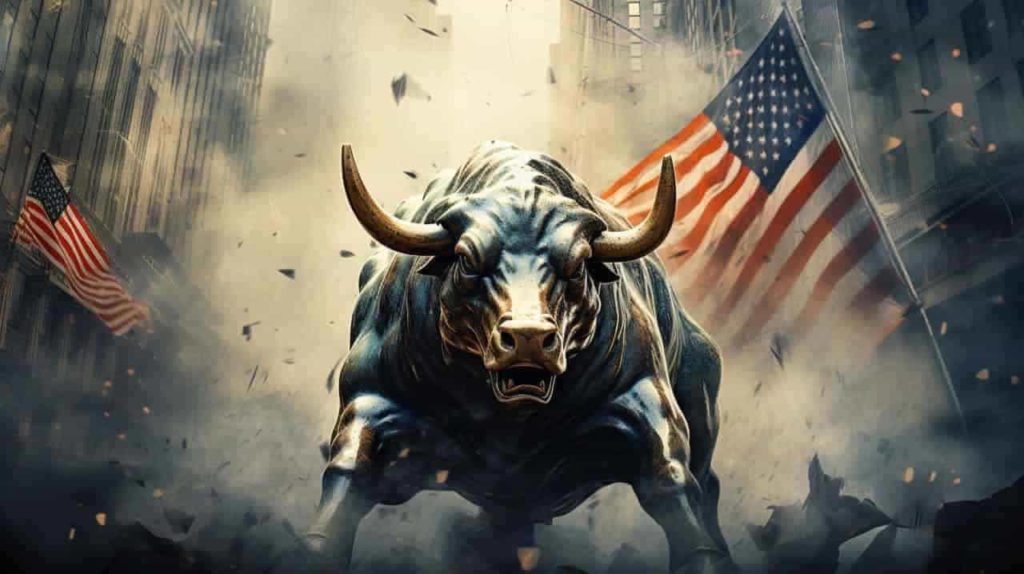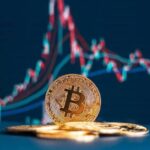Roughly two weeks ago, the S&P 500 hit a six-month low, succumbing to a barrage of macroeconomic and geopolitical pressures, including surging yields, the Federal Reserve’s ‘higher for longer’ stance, and the ongoing Gaza bombings.
However, this week, a swift reversal unfolded, culminating in a remarkable rebound. A particularly strong upswing occurred on Tuesday, November 14, with US stocks surging by an astonishing $739 billion in a single trading session.
What’s causing the stock market rally?
The strong recovery in US equities has been underway throughout the whole of November, fueled by easing macroeconomic pressures and growing hopes that the Federal Reserve is done with its rate-hiking cycle.
These circumstances improved for the better even further on November 14, when the latest inflation data for October was revealed.
Notably, the most recent consumer price index (CPI) report showed that the annual inflation rate saw a steeper-than-expected drop last month to 3.2%, while the economists were looking for a 3.3% print. It was also notably lower than the 3.7% CPI reported a month earlier.
The report of easing inflationary pressures brought yet another wave of optimism to the markets, pushing all major market indices into the green. The S&P 500 index rose to 4,495 on the day, the highest since mid-September.
Is this the start of a bull market?
The Tuesday surge marked a significant rebound for the US stock market, with tech giants such as Microsoft (NASDAQ: MSFT), Amazon (NASDAQ: AMZN), and Meta Platforms (NASDAQ: META), among others, each hitting 52-week highs during the sessions.
However, it is too early to conclude that this is the start of a longer bull trend. Despite a recent deceleration, numerous macroeconomic challenges persist.
Namely, the annual inflation rate of 3.2% is still notably higher than the Fed’s 2% target, while federal funds rates, although they haven’t been raised for a while, remain at the highest levels in 22 years. Even new rate hikes are not completely omitted. Last week, Fed Chair Jerome Powell left the door for new increases open, if deemed necessary.
As such, the prospect of the US economy falling into recession in 2024 is still alive. That said, it is possible that the ongoing upturn in stocks is a seasonal Q4 relief rally, meaning that investors will remain on guard as we head into the final period of the year.
Buy stocks now with Interactive Brokers – the most advanced investment platform
Disclaimer: The content on this site should not be considered investment advice. Investing is speculative. When investing, your capital is at risk.










